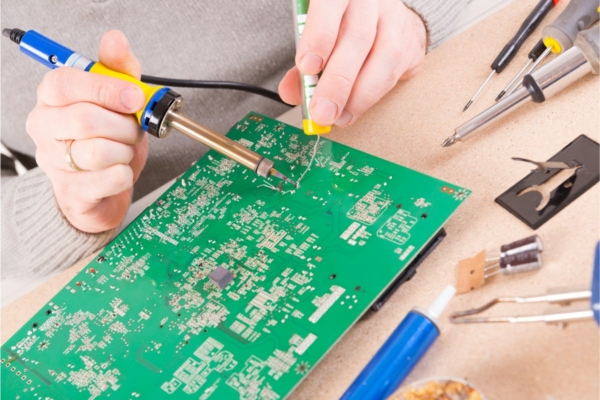What is Immersion Coating
Immersion coating, or immersion silver, is a surface finish method to coat a PCB with a layer of silver through immersion. The immersion silver surface finish is typically used as a protective layer for PCBs.
The immersion coating process consists of several steps. First, the PCB is cleansed to remove oxidation and dust residues, ensuring a clean surface for the coating process. This cleansing step also helps to wet the surface and remove any trapped air in the plated-through holes.
Next, the copper surface of the PCB undergoes micro-etching. This step modifies the copper surface by creating a sulfuric acid liquid bath. Micro-etching prepares the copper surface for the coating process.
After micro-etching, the PCB goes through a pre-dip stage. In this stage, the PCB is immersed in acid, further preparing the copper surface and minimizing the chances of oxidation.
The immersion silver process involves depositing a silver layer onto the PCB. This is achieved by immersing the PCB in a silver solution, which reduces the copper metal and creates a silver layer on the surface. This process must be carried out slowly to ensure a consistent and uniform silver deposit layer.
Finally, the PCB undergoes a post-dip stage, where an antioxidant organic compound is applied to prevent oxidation.





